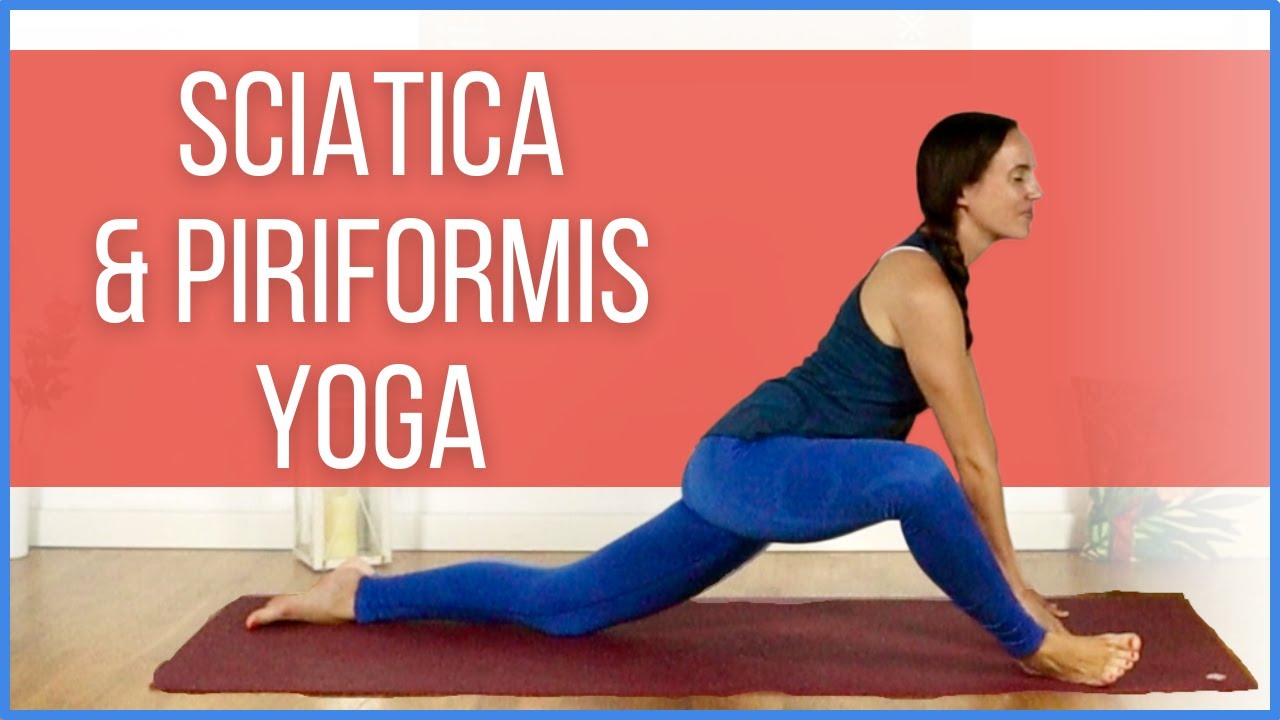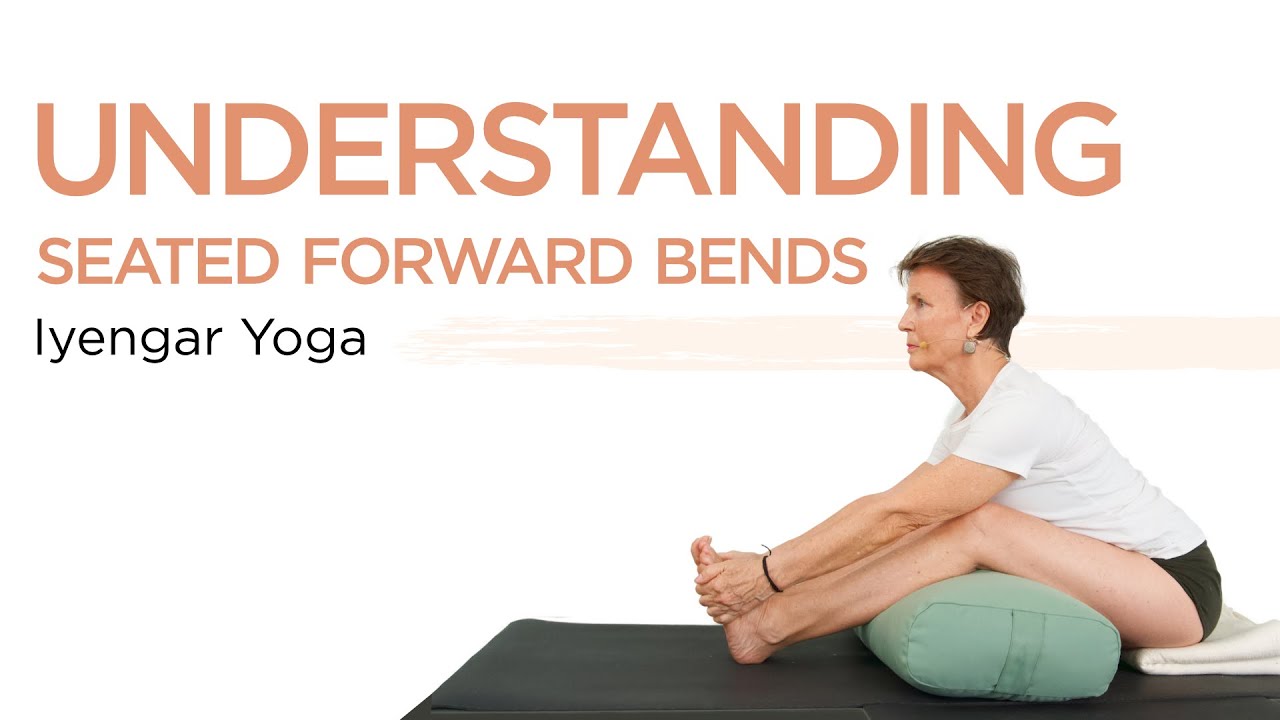As a yoga teacher, I’ve seen notable improvements in students dealing with piriformis syndrome through targeted yoga practices. Gentle hip openers and targeted stretches can provide relief to anyone who struggles with this condition. 
The gentle stretches and strengthening poses we incorporate help to release tension in the piriformis muscle, alleviating pain and improving mobility in the hips and lower back. I’ve observed that consistent practice not only reduces discomfort but also enhances overall body awareness, allowing students to better manage their condition and prevent future flare-ups.
I’ve been teaching yoga for piriformis syndrome for over a decade, and I’m continually amazed by how effective gentle hip openers and targeted stretches can be in providing relief to my students who struggle with this condition.

- Pigeon Pose. Begin in a low lunge, then slide the front foot towards the opposite hand, lowering the outer hip to the floor. A common issue is discomfort in the front hip. If this occurs, place a folded blanket under the hip of the bent leg for support.
- Figure Four Stretch. Lie on your back, cross one ankle over the opposite thigh, and draw the legs towards your chest. Some students struggle to reach their legs. If this is the case, loop a strap around the back of the thigh to assist in pulling the legs closer.
- Seated Spinal Twist. Sit with legs extended, bend one knee and cross it over the other leg, twisting towards the bent knee. Those with tight backs may find it difficult to maintain an upright spine. If so, sit on a folded blanket to help the hips and ease the twist.
- Reclined Cow Face Pose. Lie on your back, cross one leg over the other and bend both knees, pulling them towards your chest. Students with limited flexibility might not be able to grasp their feet. In this case, use a strap around the soles of the feet to gently pull the legs closer.
Affirmation: I release tension in my piriformis, allowing healing energy to flow. My body grows stronger and more flexible with each breath
When setting up for a practice focused on piriformis syndrome, have any props you want to hand before starting, especially blocks, blankets or bolsters, as these will be critical for supporting students in modified poses. We’ll be working on gentle stretches and strengthening exercises specifically targeting the piriformis muscle, and you should never be pushing through pain (in fact, that’s true for any yoga practice). Throughout the practice, listen to your body (all of your body) and modify as needed. Pushing yourself won’t help in the long run (or the short term for that matter).
Healing takes time and consistency is key. You might consider working in some of the gentler stretches into your daily routine when possible, perhaps while watching TV or before bed, to maintain flexibility and continue addressing your piriformis issues between sessions.
13 Likes
Deepen Your Practice Beyond the Mat
Finding meaningful yoga discussions and guidance can be surprisingly difficult. Discover a space where your questions are welcomed and your growth is celebrated: Start Your Journey
A lot of beginners don’t realize that when their hip is flexed (like in seated forward folds), the piriformis actually switches roles from an external rotator to helping with internal rotation, which explains why certain seated poses provide unexpected relief!
Bilateral imbalances in the piriformis were causing sacroiliac instability in a lot of people in my studio, so both standing and seated variations to work the muscle through its full range of functions and is huge for increasing stability.
Just wanted to add that I’ve noticed many of my students with piriformis syndrome first come to class complaining about that deep buttock pain and tingling sensation down their leg, but after consistent practice with targeted stretches, they’re often surprised how much relief they experience!
Can we PLEASE talk about how everyone and their mother thinks they have piriformis syndrome the second their butt hurts?! Yes, we should be listening to our bodies but that doesn’t mean social media replaces our doctor.
Like yes, sometimes it IS the piriformis, but half the time it’s actually their SI joint, or tight hip flexors, or they just sat on their wallet for too long. I had a student come in yesterday convinced she needed ‘piriformis yoga’ when really she just needed to stop crossing her legs at work for 8 hours straight.
Don’t get me wrong, I love teaching these sequences, but maybe check with a healthcare provider before deciding Dr. Google diagnosed you correctly? End rant.
Incorporating supported supine figure-four stretches with a bolster under the bent knee can offer such gentle relief for students who find traditional piriformis stretches too intense, especially when combined with conscious breathing to release the deep hip tension. There’s actually a wonderful demonstration of this modification technique that might help anyone looking for a more accessible approach to easing their piriformis discomfort.
I would add supported paschimottanasana - a seated forward fold with a bolster.
This pose offers many of the same benefits you’ll find in deeper hip-opening sequences. Begin by coming to a seated position with your legs stretched out in front of you. Take your bolster and rest it across your thighs. As you exhale, allow your torso to drape forward over the support, letting gravity do the work. This variation creates a nurturing stretch through your hamstrings, hips, and entire back body.
What makes this pose so wonderful is its accessibility - nearly everyone can find comfort here, and you’ll feel that sweet release through the hip flexors and lumbar spine without strain or complexity.
Sorry if this sounds discouraging, but sometimes the very yoga practices that bring relief for piriformis issues can leave you feeling quite sore the following day!
It’s like this bittersweet cycle where the stretches feel amazing in the moment, but then your body needs time to adjust to the new movements. I keep reminding myself that this adjustment period is part of the healing path, and with consistent, gentle practice, the next-day soreness gradually becomes less intense.
Finding that sweet spot between therapeutic stretching and not overdoing it, your body will thank you in the long run!
Has anyone experimented with specific pranayama techniques for piriformis relief?
Dirga breath/three-part breathing while holding hip stretches creates this amazing softening that regular breathing doesn’t achieve. The diaphragm connection seems to directly influence the piriformis muscle tension patterns.
![]()


